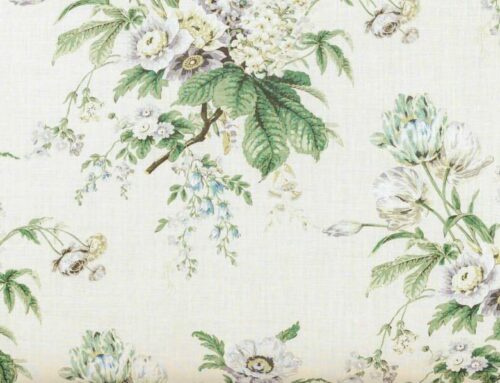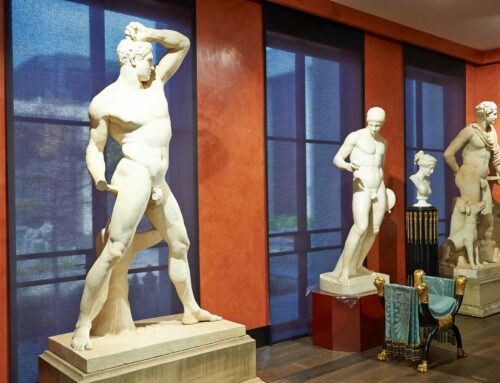French Marquetry Sideboard
We have a short amount of time to make an impression when guests enter our home. Take a walkthrough our showroom in this video and see an extraordinary French marquetry sideboard from our collection.
Enquire about this French Marquetry Sideboard
One such piece is this 19th Century French marquetry sideboard. With a beautiful shaped white marble top, a kingwood frieze housing a single inlaid drawer, and a pair of marquetry doors with ebonised mouldings this cabinet is an exceptional example of 19th century design, cabinetmaking and metalwork.
More, this French marquetry sideboard is in the manner of Sormai – who is Sormani?
Paul Sormani (1817 – 1877) was a preeminent 19th Century Italian cabinetmaker (ébéniste), born in Venice in 1817, and was a maker of fine ‘meubles de luxe’.
Having moved to Paris, Sormani established his workshop there in 1847 and soon began producing high quality items of standard and fantasy furniture, which he described as meubles de luxe (‘luxury furniture’). Sormani specialised in reproducing styles of the Louis XV and Louis XVI eras, which proved immensely popular with discerning European aristocracy. The Empress Eugenie, for example, who was wife of Emperor Napoleon III, chose to decorate her palaces with Sormani’s beautiful furniture.
Sormani exhibited in Paris in 1849, 1855, 1862, 1867, 1878 and 1900, and in London in 1862, winning numerous medals.
The catalogue for the 1867 Universal Exposition described his work as one with “une qualité d’exécution de tout premier ordre” or as one with having “a quality of execution of the first order.”
Sormani wanted his work to recall the ancient traditional knowledge of artisans past with an emphasis on attention to detail, inventiveness, excellence, and a taste for beauty and luxury. Sormani fashioned works of art that came in many forms, from jewelry boxes, writing desks, and commodes to mirrors, and many smaller precious objects. His works included exotic inlays and veneers in rare woods, finely chiseled gilded bronze decorations, as well as Boulle style pieces inlaid with tortoise shell.
Under the patronage of the Empress Eugenie, wife of Emperor Napoleon III, Sormani became immensely popular with the discerning European aristocracy, going on to decorate the palaces of the French Imperial family. Sormani was a global sensation after the 1862 Universal Exhibition in London, and the esteem that followed the name Sormani would continue after his death in 1877.
Owning a signed Sormani piece became a status symbol.
Leaving his business to his wife, Ursula-Marie-Philippine Bouvaist, and son, Paul-Charles after his death, the furniture firm he created continued his quality and style to perfection. Pieces created after this time were then signed Veuve Sormani or Veuve Sormani et Fils (the widow Sormani and sons). The firm thrived for more than ninety years, closing in 1934 after the death of Paul Charles.






